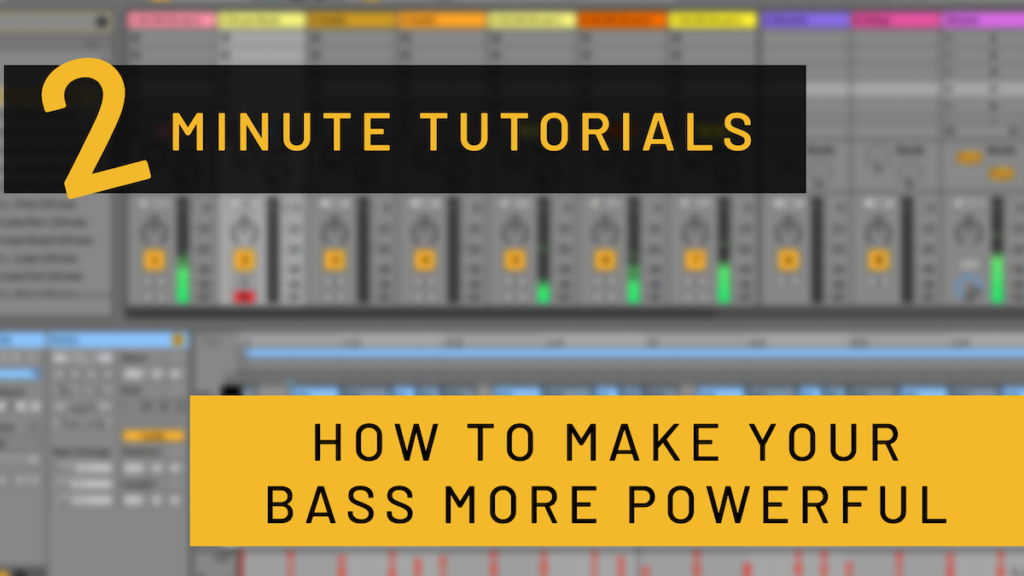A question I see and hear often from new electronic music producers is: should my sub and bass frequencies be in mono?
The simple answer is yes. You should almost always have your bass and sub frequencies in mono. But this raises some other questions which we will cover below.
What is the difference between mono and stereo?
The difference between mono and stereo is fairly simple to understand. Mono represents a single signal of the sounds’ information across all sound sources. No matter which speaker the signal is coming from, it will be the same signal across all the speakers. For example, the same signal will play from both earbuds or each car speaker. On the other hand, stereo creates a sense of width by introducing a second source of the sounds’ signal. These signals are panned individually either into the left, right, or center of your stereo field. This adds an entirely new dimension of depth in comparison to mono by allowing sounds to be spread across multiple sources and in different directions.
What frequencies do we set to mono?
A couple of factors come into play here. Depending on the style of music you are writing, the key you’re writing in, and the volume of your instruments (amongst other things), different frequencies may be adjusted. As a general rule of thumb, it’s considered common practice to sum anything below 200hz to mono. This means your bass, sub-bass, and kick drum will almost always be summed to mono. Remember, some bass instruments don’t contain only bass frequencies and may have mid or high ends. In this is the case, you only need to be placing the lower frequencies into mono, and not the entire instrument or sound.
Why do we put our bass in mono?
Since the human ear cannot distinguish the direction of bass, stereo imaging does more harm than good. This is especially true when playing in a live environment because most clubs either play in mono, or they sum their low-end frequencies to mono. If your bass is not properly mixed for mono, when the low frequencies are changed from two stereo images to one (mono), then it can cause phase cancellation and lose weight, power, or even the entire signal. That is definitely something you want to avoid when your tracks are played in a club environment.
How do we sum our instruments to mono?
Summing your instruments will differ depending on the DAW that you’re using. You can utilize the tools and features that are included in your DAW to sum into mono, or use processing to do so. For Ableton users, you can watch my Two Minute Tutorial that explains how to do this very easily in Ableton live 9 & 10.
Lastly, it’s important to try to keep your low end centered in the mix. Try to not pan the mono signal left or right, for the reasons mentioned above.
For even more on this topic, you can check out this Ableton forum which discusses the idea of using mono to check your tracks, based on what DJ Laidback Luke had to say about it.
Now get to work!






